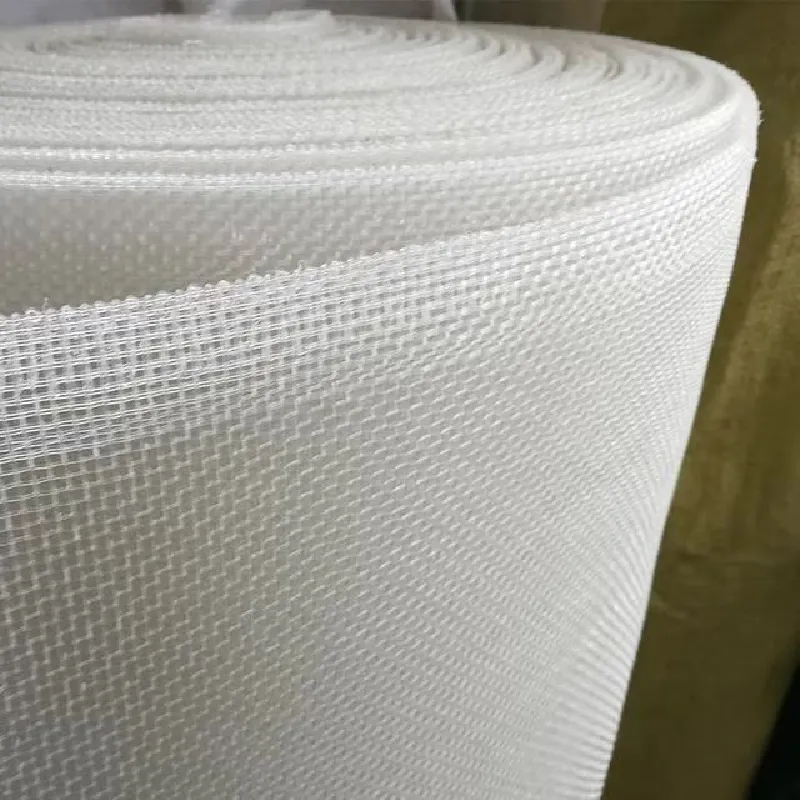-
 Afrikaans
Afrikaans -
 Albanian
Albanian -
 Amharic
Amharic -
 Arabic
Arabic -
 Armenian
Armenian -
 Azerbaijani
Azerbaijani -
 Basque
Basque -
 Belarusian
Belarusian -
 Bengali
Bengali -
 Bosnian
Bosnian -
 Bulgarian
Bulgarian -
 Catalan
Catalan -
 Cebuano
Cebuano -
 China
China -
 Corsican
Corsican -
 Croatian
Croatian -
 Czech
Czech -
 Danish
Danish -
 Dutch
Dutch -
 English
English -
 Esperanto
Esperanto -
 Estonian
Estonian -
 Finnish
Finnish -
 French
French -
 Frisian
Frisian -
 Galician
Galician -
 Georgian
Georgian -
 German
German -
 Greek
Greek -
 Gujarati
Gujarati -
 Haitian Creole
Haitian Creole -
 hausa
hausa -
 hawaiian
hawaiian -
 Hebrew
Hebrew -
 Hindi
Hindi -
 Miao
Miao -
 Hungarian
Hungarian -
 Icelandic
Icelandic -
 igbo
igbo -
 Indonesian
Indonesian -
 irish
irish -
 Italian
Italian -
 Japanese
Japanese -
 Javanese
Javanese -
 Kannada
Kannada -
 kazakh
kazakh -
 Khmer
Khmer -
 Rwandese
Rwandese -
 Korean
Korean -
 Kurdish
Kurdish -
 Kyrgyz
Kyrgyz -
 Lao
Lao -
 Latin
Latin -
 Latvian
Latvian -
 Lithuanian
Lithuanian -
 Luxembourgish
Luxembourgish -
 Macedonian
Macedonian -
 Malgashi
Malgashi -
 Malay
Malay -
 Malayalam
Malayalam -
 Maltese
Maltese -
 Maori
Maori -
 Marathi
Marathi -
 Mongolian
Mongolian -
 Myanmar
Myanmar -
 Nepali
Nepali -
 Norwegian
Norwegian -
 Norwegian
Norwegian -
 Occitan
Occitan -
 Pashto
Pashto -
 Persian
Persian -
 Polish
Polish -
 Portuguese
Portuguese -
 Punjabi
Punjabi -
 Romanian
Romanian -
 Russian
Russian -
 Samoan
Samoan -
 Scottish Gaelic
Scottish Gaelic -
 Serbian
Serbian -
 Sesotho
Sesotho -
 Shona
Shona -
 Sindhi
Sindhi -
 Sinhala
Sinhala -
 Slovak
Slovak -
 Slovenian
Slovenian -
 Somali
Somali -
 Spanish
Spanish -
 Sundanese
Sundanese -
 Swahili
Swahili -
 Swedish
Swedish -
 Tagalog
Tagalog -
 Tajik
Tajik -
 Tamil
Tamil -
 Tatar
Tatar -
 Telugu
Telugu -
 Thai
Thai -
 Turkish
Turkish -
 Turkmen
Turkmen -
 Ukrainian
Ukrainian -
 Urdu
Urdu -
 Uighur
Uighur -
 Uzbek
Uzbek -
 Vietnamese
Vietnamese -
 Welsh
Welsh -
 Bantu
Bantu -
 Yiddish
Yiddish -
 Yoruba
Yoruba -
 Zulu
Zulu
Durable Plastic Trellis Netting for Support and Growth in Gardening and Landscaping Applications
The Benefits of Plastic Trellis Netting in Gardening
In the world of gardening, trellises have long been instrumental in supporting climbing plants, promoting better air circulation, and maximizing space. Among the various materials available for trellising, plastic trellis netting has gained popularity due to its versatility, durability, and ease of use. This article explores the benefits of using plastic trellis netting in gardening and why it has become a go-to choice for gardeners.
Understanding Plastic Trellis Netting
Plastic trellis netting is a lightweight and flexible grid structure made from high-density polyethylene (HDPE) or polypropylene. It comes in various sizes and mesh openings, making it suitable for a wide range of plants, from delicate flowers to robust vegetables. Unlike traditional wooden or metal trellises, plastic netting is resistant to rot, rust, and pests, making it an ideal choice for both indoor and outdoor gardening.
Advantages of Plastic Trellis Netting
1. Durability One of the most significant benefits of plastic trellis netting is its longevity. It is designed to withstand harsh weather conditions, including rain, wind, and sunlight, without deteriorating. This durability ensures that gardeners can rely on their trellis year after year.
2. Lightweight and Easy to Install Plastic trellis netting is lightweight compared to traditional wooden or metal trellises. This feature makes it easy to handle and install, whether you're placing it against a wall, in a garden bed, or across a greenhouse. Most varieties come in rolls or panels that can be easily cut to size, allowing for customization to fit specific gardening needs.
plastic trellis netting

3. Promotes Air Circulation By allowing air to flow freely through the plants, plastic trellis netting reduces the risk of fungal diseases that thrive in humid environments. Improved air circulation helps plants stay healthier and can lead to higher yields.
4. Maximizes Vertical Space For gardeners with limited horizontal space, plastic trellis netting provides an excellent way to maximize vertical real estate. Plants such as tomatoes, peas, cucumbers, and beans thrive when grown upwards, allowing for more extensive planting without overcrowding the garden.
5. Cost-Effective Solution Compared to traditional trellising methods, plastic netting is often more affordable. Gardeners can purchase it in bulk, and its long-lasting nature means fewer replacements over time, resulting in savings.
6. Versatility Plastic trellis netting can support a wide variety of plants, making it a versatile solution for any garden. Whether you're growing annuals, perennials, or even small fruit-bearing plants, this trellis can accommodate their growth. Additionally, it can be used in various gardening styles, including container gardening, raised beds, and vertical gardening setups.
7. Easy Maintenance Maintaining plastic trellis netting is straightforward. It requires minimal cleaning and can be wiped down to remove dirt or debris. If any sections become damaged, they can easily be replaced without having to dismantle the entire setup.
Conclusion
In conclusion, plastic trellis netting represents an innovative and practical solution for modern gardeners. Its durability, lightweight nature, and ease of installation make it a preferred option for supporting climbing plants while optimizing garden space. Whether you're a novice gardener or an experienced horticulturist, incorporating plastic trellis netting into your gardening practices can lead to healthier plants and enhanced garden aesthetics. With these benefits in mind, it’s clear that plastic trellis netting is a worthwhile investment for anyone looking to elevate their gardening experience.
-
Shipping Plastic Bags for Every NeedNewsJul.24,2025
-
Safety Netting: Your Shield in ConstructionNewsJul.24,2025
-
Plastic Mesh Netting for Everyday UseNewsJul.24,2025
-
Nylon Netting for Every UseNewsJul.24,2025
-
Mesh Breeder Box for Fish TanksNewsJul.24,2025
-
Expanded Steel Mesh Offers Durable VersatilityNewsJul.24,2025











